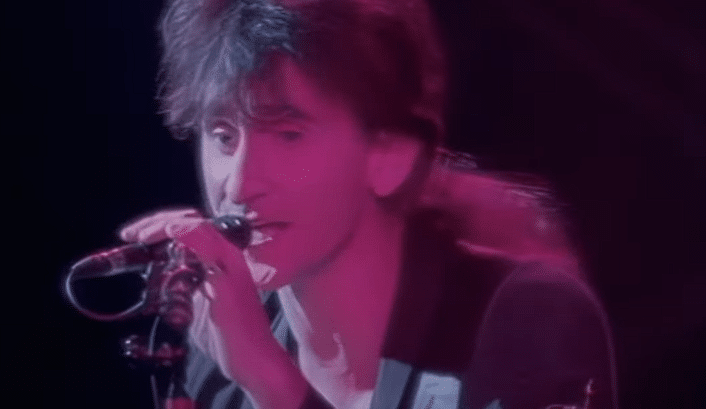Throughout history, music has served as a powerful medium for artists to explore and reflect on significant moments in human history. For iconic Canadian rock band Rush, renowned for their profound and intricate lyrics, the atomic bomb and its profound impact on the world became a subject of inspiration. In 1985, they released ‘Manhattan Project,’ a hauntingly poetic song that delves into the titanic endeavor and its reverberations, including allusions to the brilliant physicist and atomic bomb inventor, Robert Oppenheimer.
Prelude to Power: The Fascination with Atomic Weapons
The development of atomic bombs during the top-secret Manhattan Project intrigued not just the scientific community but also the public’s imagination. When the world witnessed the devastating aftermath of the bombings of Hiroshima and Nagasaki in August 1945, the true magnitude and peril of nuclear weaponry became evident to all. Rush’s Neil Peart, a visionary lyricist, found himself drawn to the topic, evolving from a fascination with post-apocalyptic worlds to confronting the chilling reality of nuclear destruction.
Crafting ‘Manhattan Project’: Neil Peart’s Literary Precision
In ‘Manhattan Project,’ Peart masterfully weaves an impressionistic tapestry that narrates the key stages leading to the dropping of the atomic bomb. The lyrics paint vivid imagery across four verses, with the second verse bearing subtle allusions to the enigmatic Robert Oppenheimer. However, delivering the lyrics with the intended impact proved challenging for bassist/vocalist Geddy Lee. Peart desired a delivery akin to punctuated expressions and a chorus brimming with passion and rhythm. The intricacies of the lyrics demanded meticulous execution to preserve their essence and impact.
Peart explained:
“I wanted the delivery to be like punctuation, and the chorus had to be more passionate and more rhythmically active. It was hard to express exactly how I wanted it. The first time we worked on the music, they had phrased the lyrics in a very slow manner and I had to protest.”
“The phrasing of the line was two short lines and then a long line and two short lines and then a long line,” Peart continued. “There were internal rhymes and internal relationships among the words and within the delivery that had to remain intact for it to make sense at all. It was so carefully crafted that it couldn’t be delivered any old way.”
Experimentation and Synthesis: Rush’s Unique Sound
In true Rush fashion, the band’s experimental inclinations were at play when composing ‘Manhattan Project.’ They embraced the use of synthesizers, pushing the boundaries of technology for realistic sound effects. However, limitations at the time compelled them to adapt creatively. The band worked to achieve a fretless bass sound using a Roland JP-8 keyboard synthesizer, played by Andy Richards, which they later sampled into Lee’s Emulators for live performances. This innovative approach added a distinctive touch to the song while also highlighting the challenges musicians faced in replicating certain nuances.
Lee shared his insights:
“Sampling isn’t perfect enough so that you can make it completely realistic – you still can’t get the feel, because digital recording of a sound gives every note pretty well the same value, which you never do when you’re playing a lick. On ‘Manhattan Project,’ Andy [Richards] played sort of a fretless-sounding bass line on a Roland JP-8 keyboard synthesizer. It sounded great, so to do it live, we sampled that JP-8 sound into my Emulators.”
Listen to the song below:

